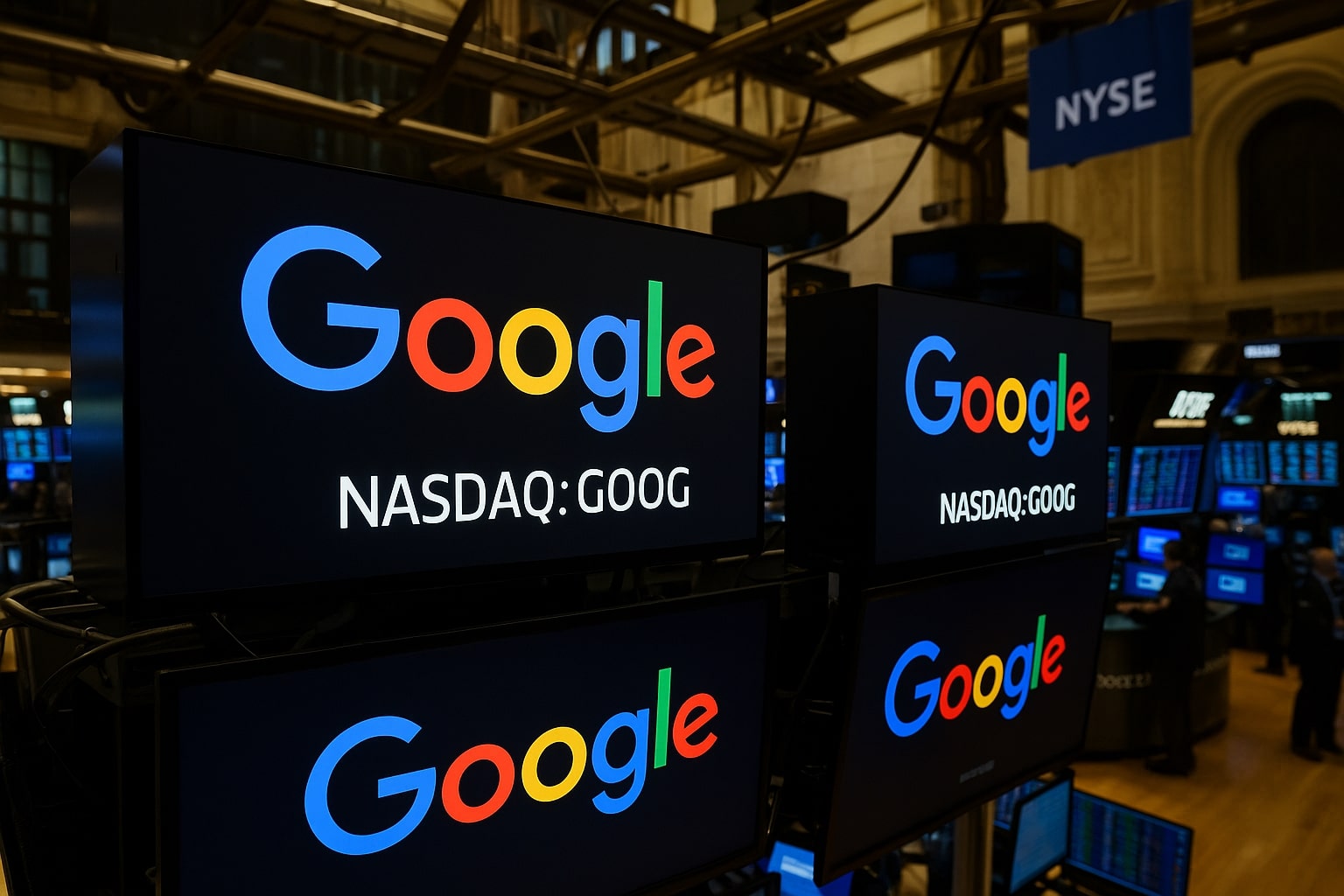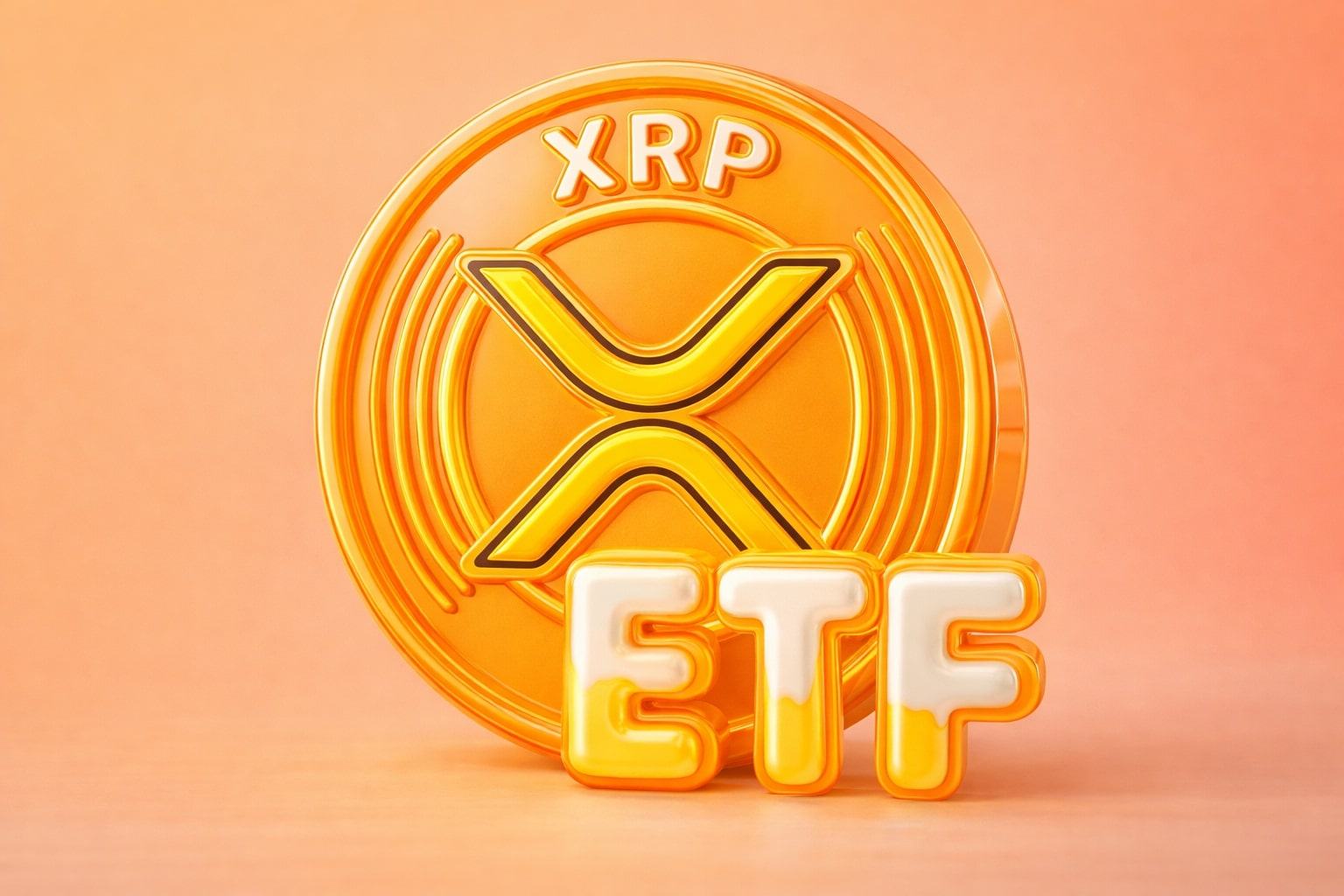Google (NASDAQ:GOOG) Stock Analysis – A Deep Dive into its Growth, Challenges, and Future Prospects
The performance of NASDAQ:GOOG has been subject to market volatility, yet Google continues to hold its place as a leader in the technology and AI space. Trading at approximately $165 as of the latest data, the stock has shown resilience, bouncing back from a dip earlier this year. Despite the stock's current undervaluation compared to its peers, NASDAQ:GOOG remains an intriguing long-term investment for growth-oriented investors.
Google’s Valuation: An Undervalued Giant
Currently, NASDAQ:GOOG trades at a P/E ratio of 19, significantly lower than its tech peers and the broader market average. This indicates that the stock is undervalued in relation to its solid financial performance. In 2024, Google achieved $350 billion in revenue, with a profit of $100 billion. This places Google among the top performers in terms of profitability. In Q1 2025, the company reported $90 billion in revenue and $34 billion in profits, a continuation of its growth trajectory.
This level of profitability with a P/E ratio well below 20 reflects an undervaluation, particularly when compared to many tech companies trading at multiples much higher than Google’s. Investors looking for a well-priced stock with solid growth prospects should consider NASDAQ:GOOG given the company’s ability to generate consistent earnings from its core business.
The Role of Artificial Intelligence and Google’s Market Dominance
One of the most compelling reasons for considering NASDAQ:GOOG as a long-term investment is its leadership in the AI space. Google has been at the forefront of AI development for over a decade, particularly with its acquisition of DeepMind in 2014. The company’s Gemini AI is now one of the most powerful AI systems globally, and its ability to integrate this technology with its vast infrastructure gives it an edge over competitors.
NASDAQ:GOOG’s dominance is also supported by its unmatched data infrastructure. The company runs massive data centers, which are integral to both its search engine operations and its AI systems. Google’s ability to use its vast data resources to train its AI models gives it a substantial competitive advantage, one that many of its competitors, like OpenAI and DeepSeek, lack. This advantage positions Google well in the ongoing AI race, with potential for significant returns as the demand for AI solutions continues to increase.
Strategic Partnerships and Market Expansion
Google’s strategic partnerships play a significant role in its growth. Recently, Google made headlines with its collaboration with Saudi Arabia's HUMAIN, a new AI venture backed by the Public Investment Fund. This partnership is expected to bring in billions of dollars over the coming years, further solidifying Google’s place in the global AI landscape. Moreover, this deal comes at a time when global tensions regarding AI and trade policies are at the forefront. The fact that Google is continuing to expand its AI capabilities in markets outside the U.S. only strengthens its long-term growth potential.
Challenges for Google’s Stock – Antitrust and Competition
While NASDAQ:GOOG’s growth outlook appears strong, there are several risks that investors should be aware of. Regulatory scrutiny remains a significant issue for the company, particularly around antitrust concerns in the U.S. These proceedings could potentially lead to financial penalties or changes in business operations. Additionally, there is growing competition in the AI space, especially from emerging Chinese competitors like DeepSeek, which could threaten Google’s dominance in AI-driven applications.
Another critical challenge to Google’s stock price is the potential shift by Apple to integrate its search engine. Apple's potential decision to move away from using Google as the default search engine on Safari represents a real risk. Although such a move would require significant investment from Apple to create a competitive search engine, it would still impact Google’s revenue streams. Given that Google derives a significant portion of its revenue from search advertising, any loss in market share to competitors would have a material impact on the company’s bottom line.
Financial Performance and Growth Expectations
Despite these challenges, NASDAQ:GOOG has demonstrated impressive financial performance. With a consistent track record of revenue growth, especially from its advertising, YouTube, and cloud businesses, Google has been able to maintain robust margins. Cloud revenue, in particular, has been a key driver of growth, with a 28% increase to $12.3 billion in the last quarter, making it the fastest-growing segment of the business.
The company’s strong financials are also reflected in its dividend and share repurchase plans. Google recently increased its dividend by 5% and authorized $70 billion in stock buybacks, showcasing the company’s commitment to returning value to shareholders. These moves demonstrate that NASDAQ:GOOG is not just focused on growth but is also committed to managing shareholder value.
The Impact of AI and Google’s Future Outlook
The market’s interest in AI-driven companies has led to increased investment in NASDAQ:GOOG, as Google’s AI advancements position it to capitalize on this emerging sector. However, challenges related to trade tensions and the regulatory environment remain key risks. While recent developments, including a potential reduction in U.S.-China trade tariffs, have alleviated some pressure, the ongoing political landscape could still have a significant impact on Google’s international revenue growth.
Despite these risks, Google’s AI investments, such as the development of its Gemini AI and the vast infrastructure supporting it, provide a significant growth catalyst. The company’s unique position, with its fully integrated AI ecosystem, strong data center infrastructure, and robust financial performance, makes it a strong candidate for long-term growth.
Valuation and Future Prospects
NASDAQ:GOOG currently trades at a P/E ratio of 19, which, given the company's growth prospects in AI, is considered relatively low. In fact, when compared to the broader market and its tech peers, this P/E ratio indicates that NASDAQ:GOOG is undervalued. The market’s current valuation, especially in the AI sector, appears to be factoring in some of the risks but not fully appreciating Google’s leadership position and potential for growth.
Considering the ongoing developments in AI, Google’s strong financials, and its ability to weather regulatory and competitive pressures, NASDAQ:GOOG presents a compelling case for long-term investment. The current stock price offers an attractive entry point, and with potential upside driven by the AI market, investors may see significant returns in the future.
For real-time data and more information on NASDAQ:GOOG, visit here.
This analysis offers a detailed breakdown of NASDAQ:GOOG’s current position in the market, highlighting the strengths, risks, and growth opportunities for investors.



















